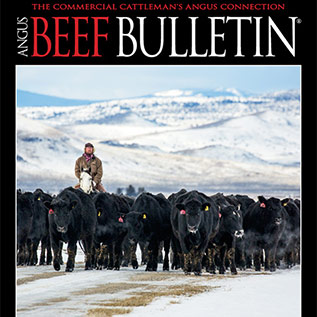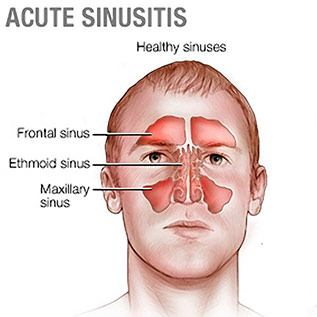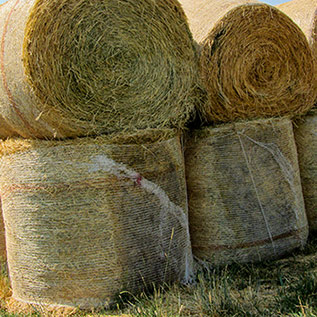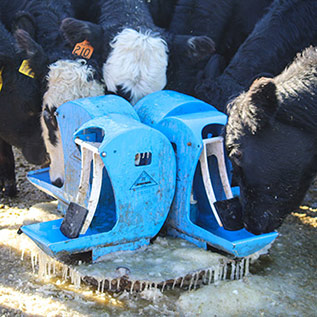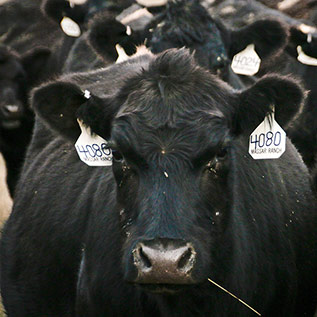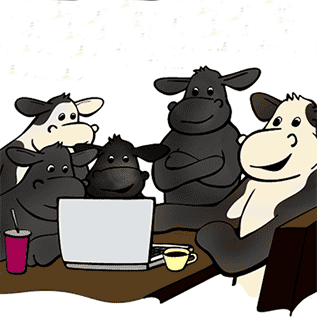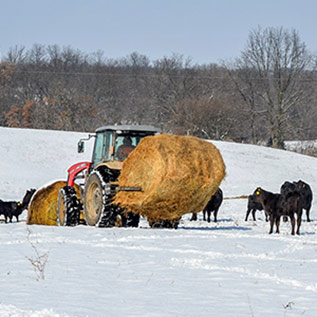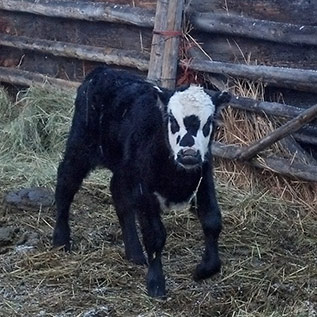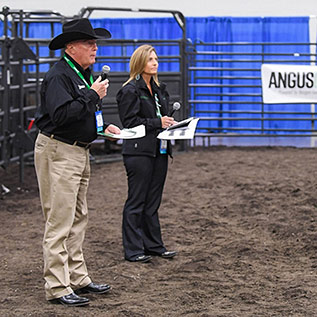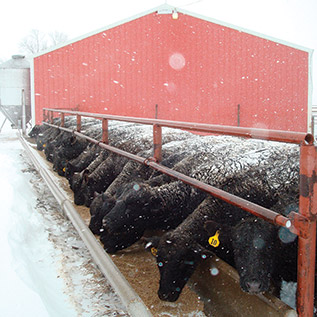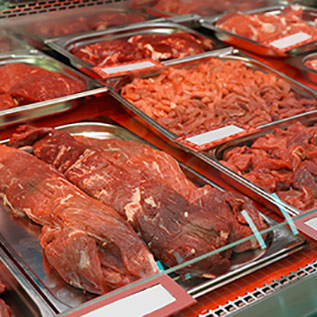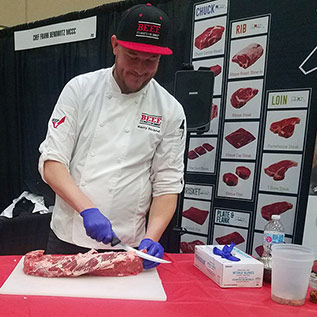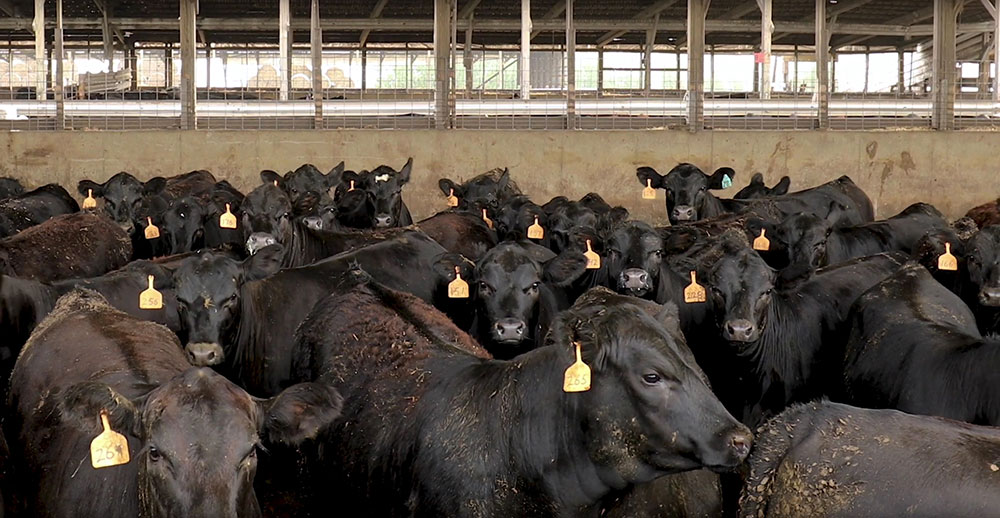
Healthy Start Equals Improved Feedyard Performance
Starting cattle the right way is better for the cattle and the consumer.
Above: “It doesn’t matter what time of the day or night the cattle arrive, we take them straight to their pen where we offer them free-choice hay and access to water,” said Brian Bangert, general manager of Funk Farm Trust, near Bloomington, Ill. “Our goal is to destress them as quickly as possible and ease the transition.” [Photo courtesy of Zoetis] |
Whether it is bawling calves or heavier grass cattle, how they are started on feed sets the tone for how the cattle gain in a feedyard. For Midwest producers, Brian Bangert with Funk Farms Trust in Illinois and Ed Greiman with Greiman Brothers in Iowa, a focus on starting cattle with less stress and good nutrition has paid dividends.
“It doesn’t matter what time of the day or night the cattle arrive, we take them straight to their pen where we offer them free-choice hay and access to water,” said Brian Bangert, general manager of Funk Farm Trust, near Bloomington, Ill. “Our goal is to destress them as quickly as possible and ease the transition.”
Bangert counts on a well-trained farm staff and his nutritionist, Tom Peters, to set their cattle up for improved weight gains, increased feed intake and better health.
For Ed Greiman, a partner with his brother in Greiman Brothers, near Garner, Iowa, the routine is similar for arriving cattle. That routine includes allowing the cattle to settle into new surroundings with a high forage ration and fresh water. They will vaccinate cattle four to five days after arrival for respiratory disease.
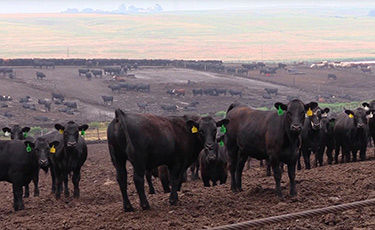 |
For Ed Greiman, a partner with his brother in Greiman Brothers, near Garner, Iowa, the routine is similar for arriving cattle. That routine includes allowing the cattle to settle into new surroundings with a high forage ration and fresh water. They will vaccinate cattle four to five days after arrival for respiratory disease. [Photo courtesy American Angus Assn.] |
Both producers agree healthy cattle provide a better experience for the consumer. Reducing disease challenges helps cattle direct more energy to gaining weight and improving quality grades. Higher-quality-grade cattle are a more positive eating experience for the consumer.
“Beef has to set itself apart and be the Cadillac of protein,” said Greiman. “It’s all about lowering the odds of a poor eating experience.”
“When our beef ends up on our consumers’ grills, we want them to be able to taste the care that we put into what we do here,” said Bangert.
Editor’s note: This article is from Zoetis.



